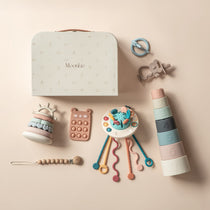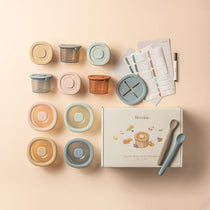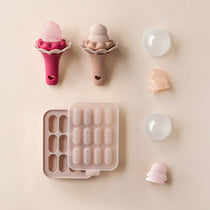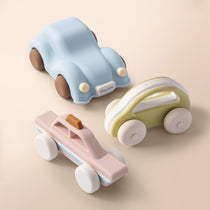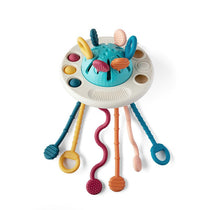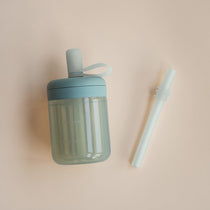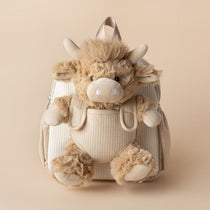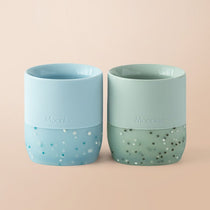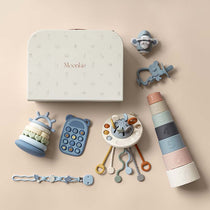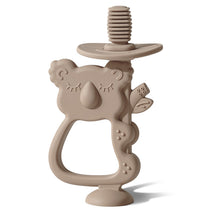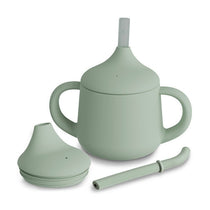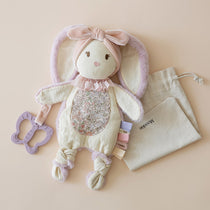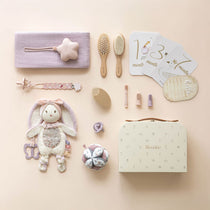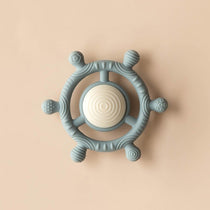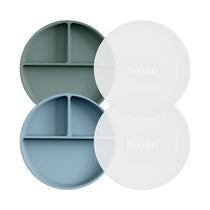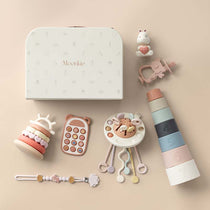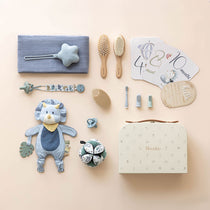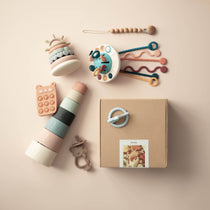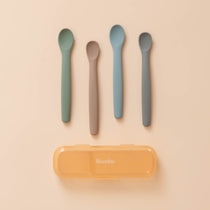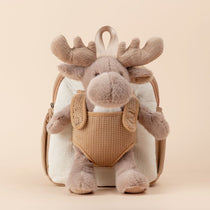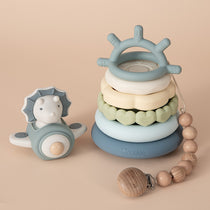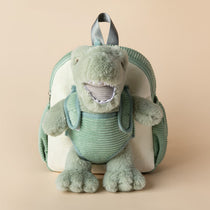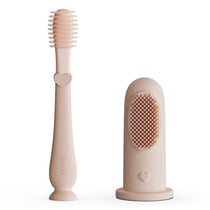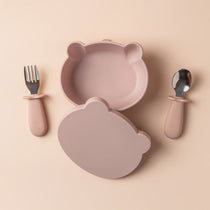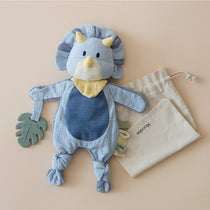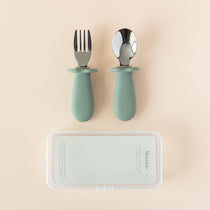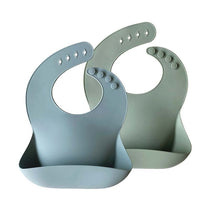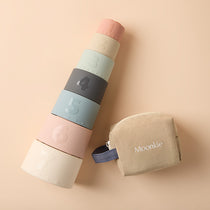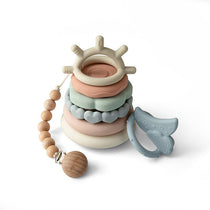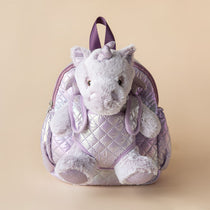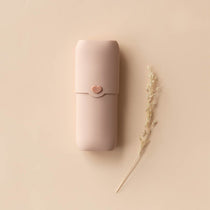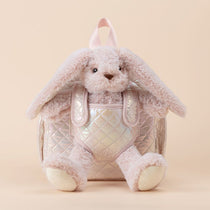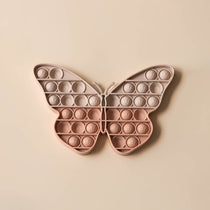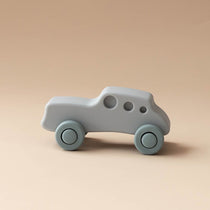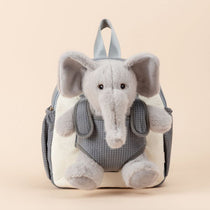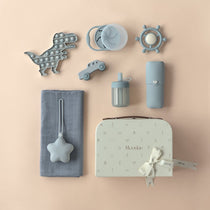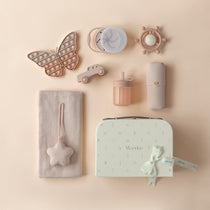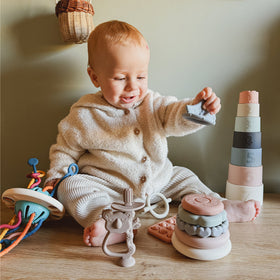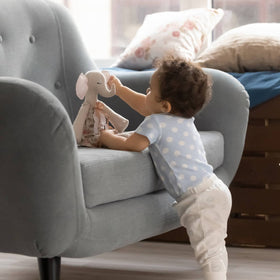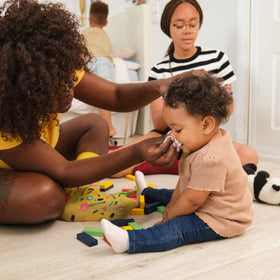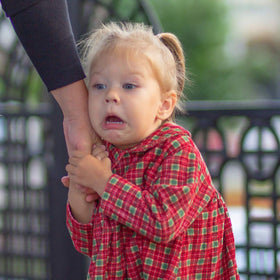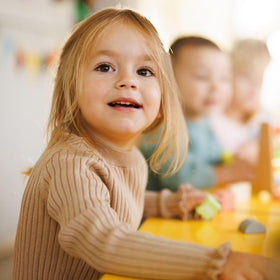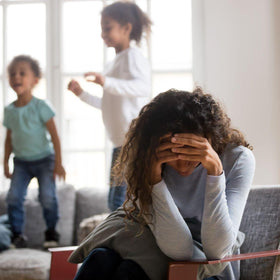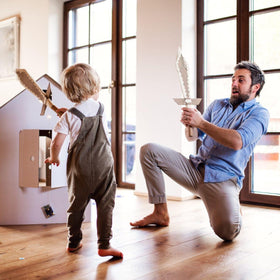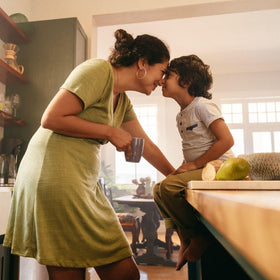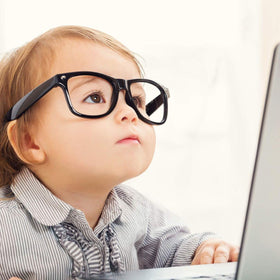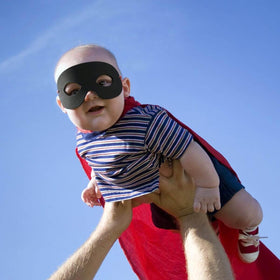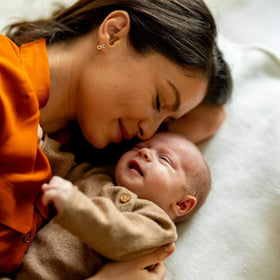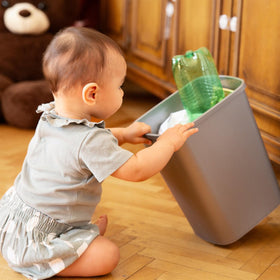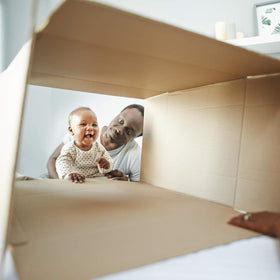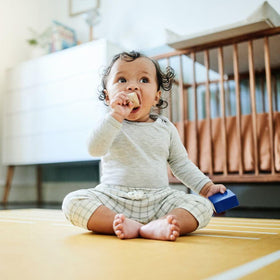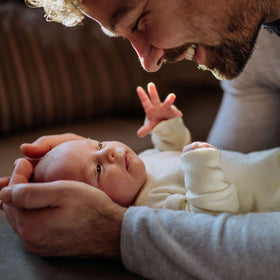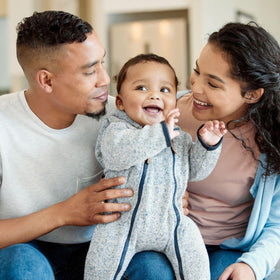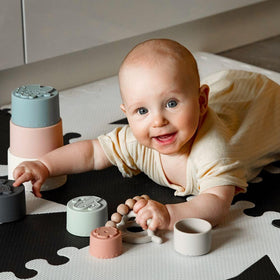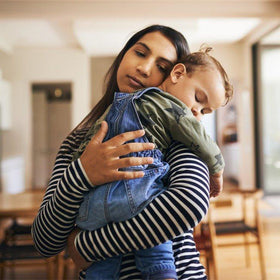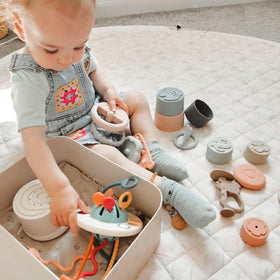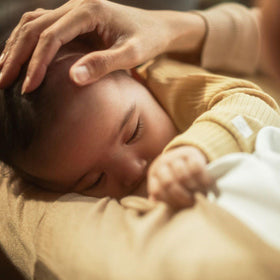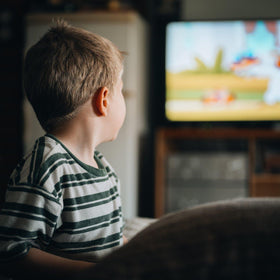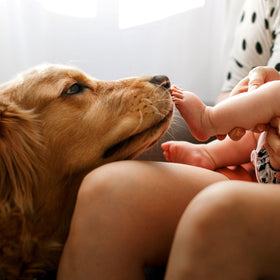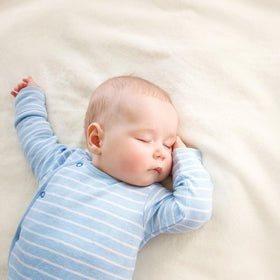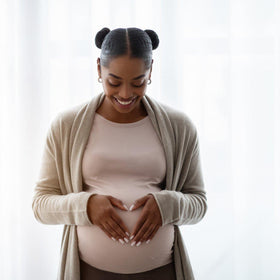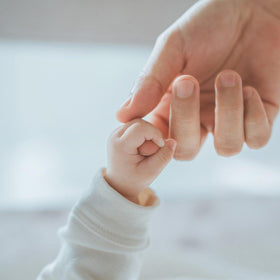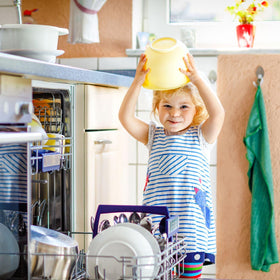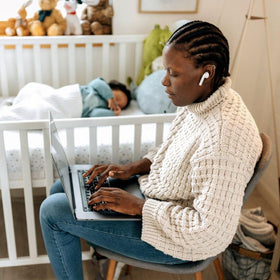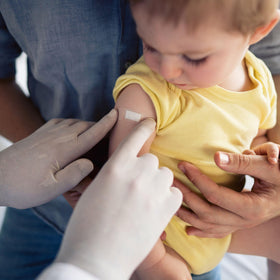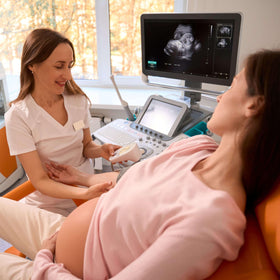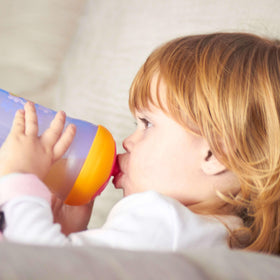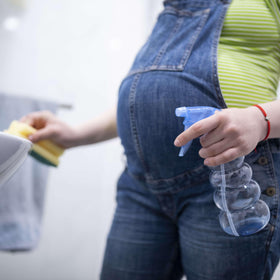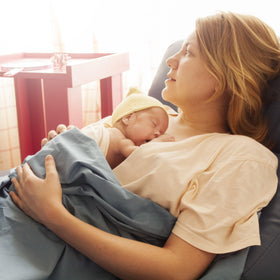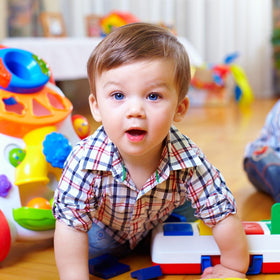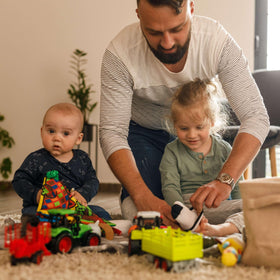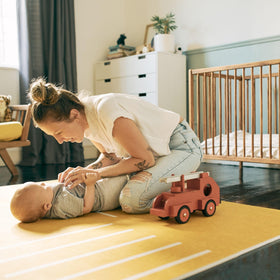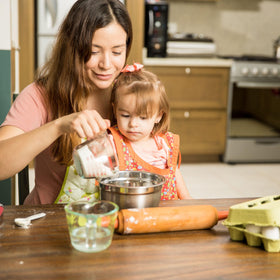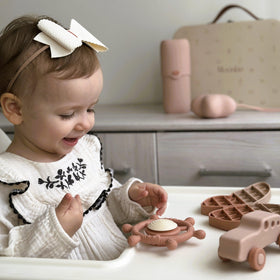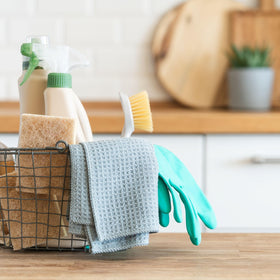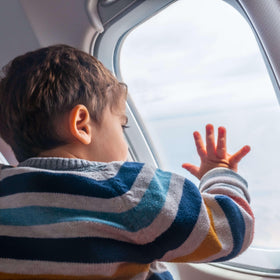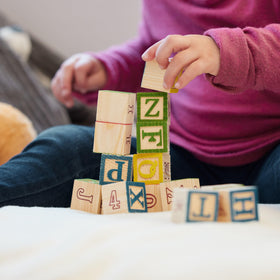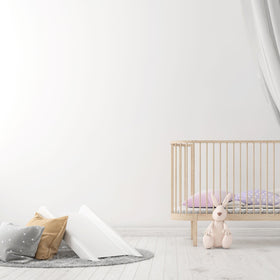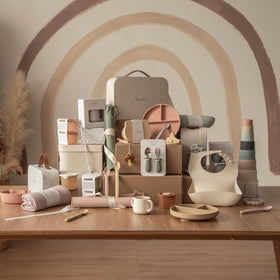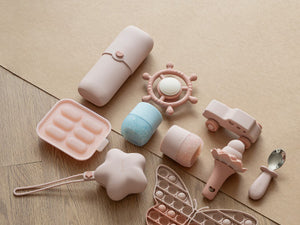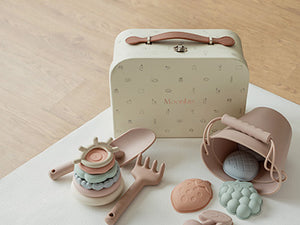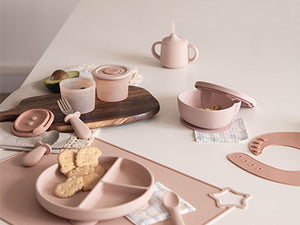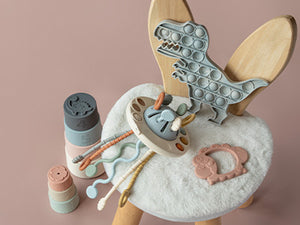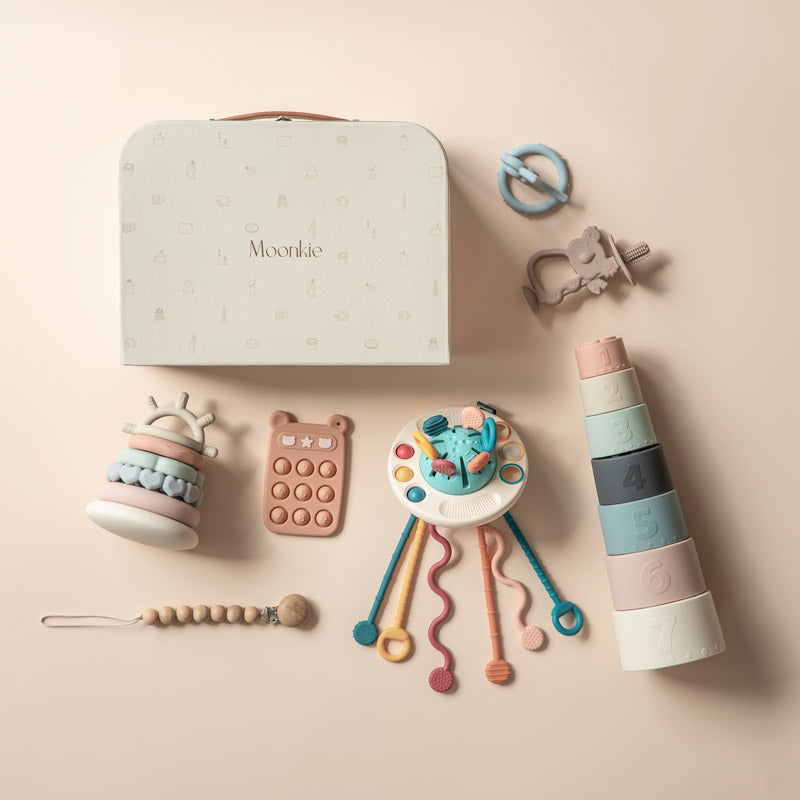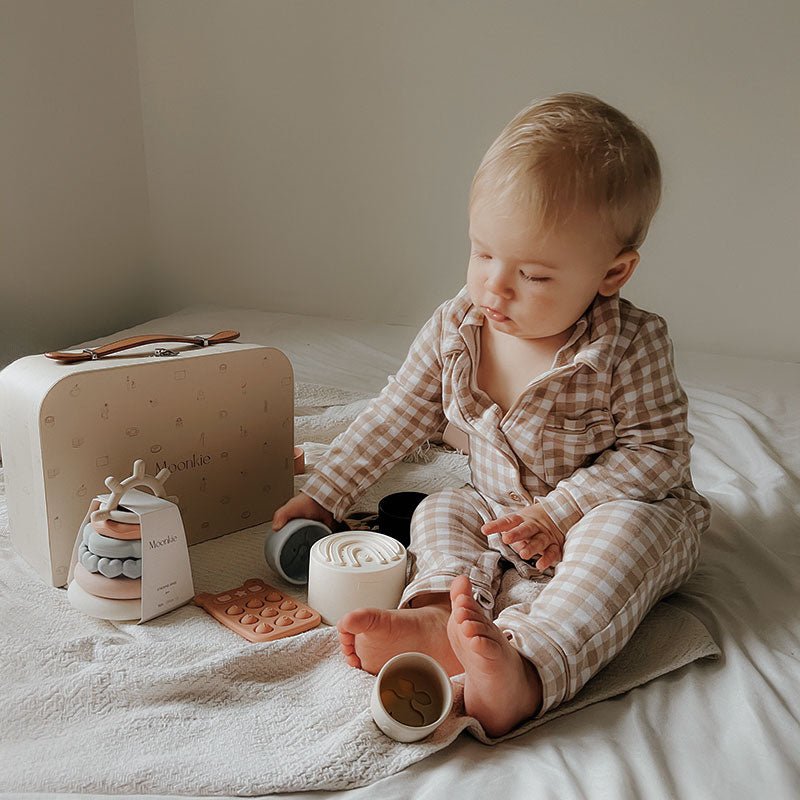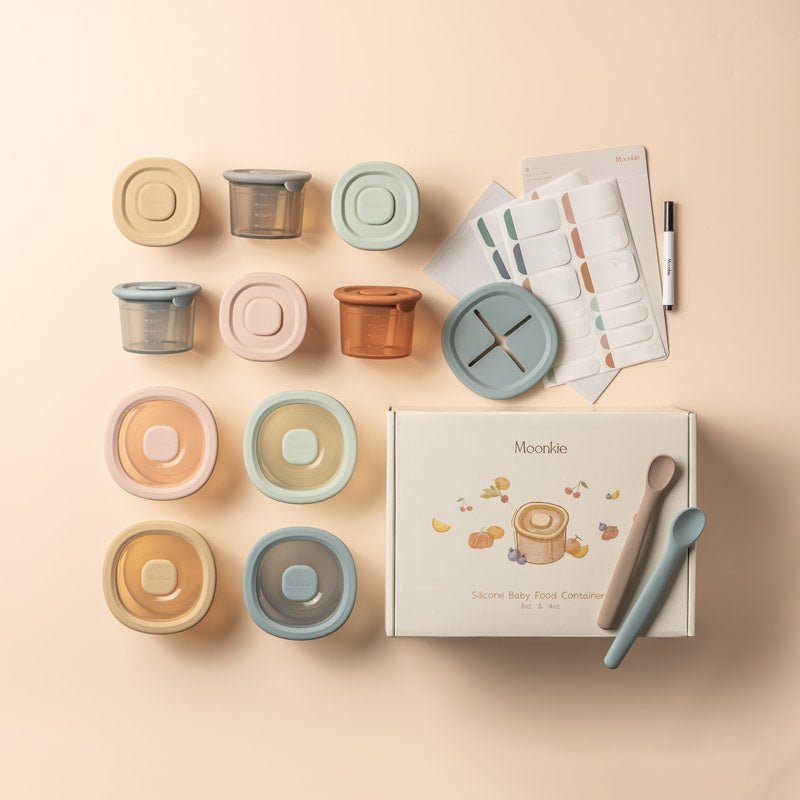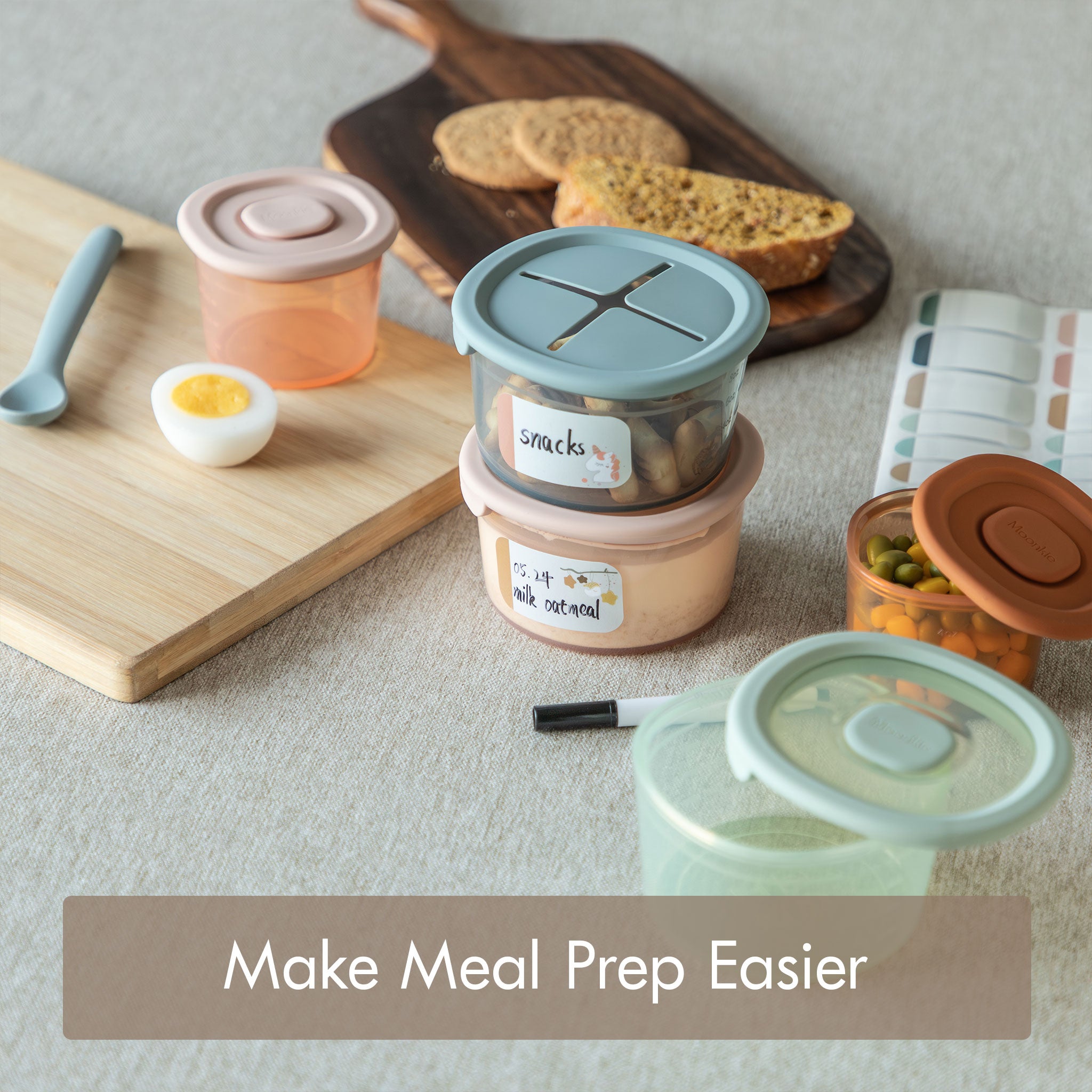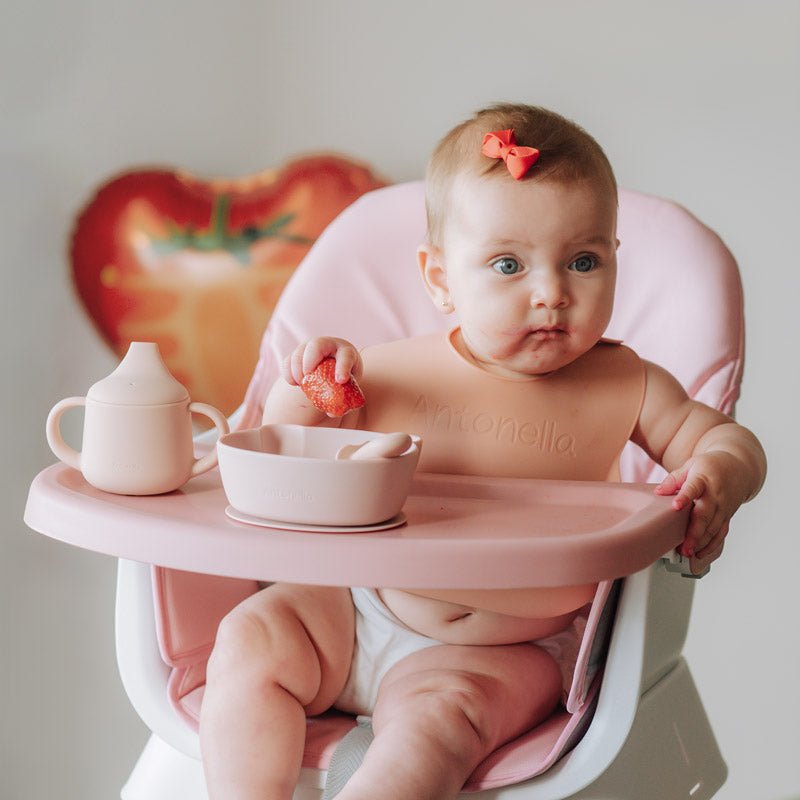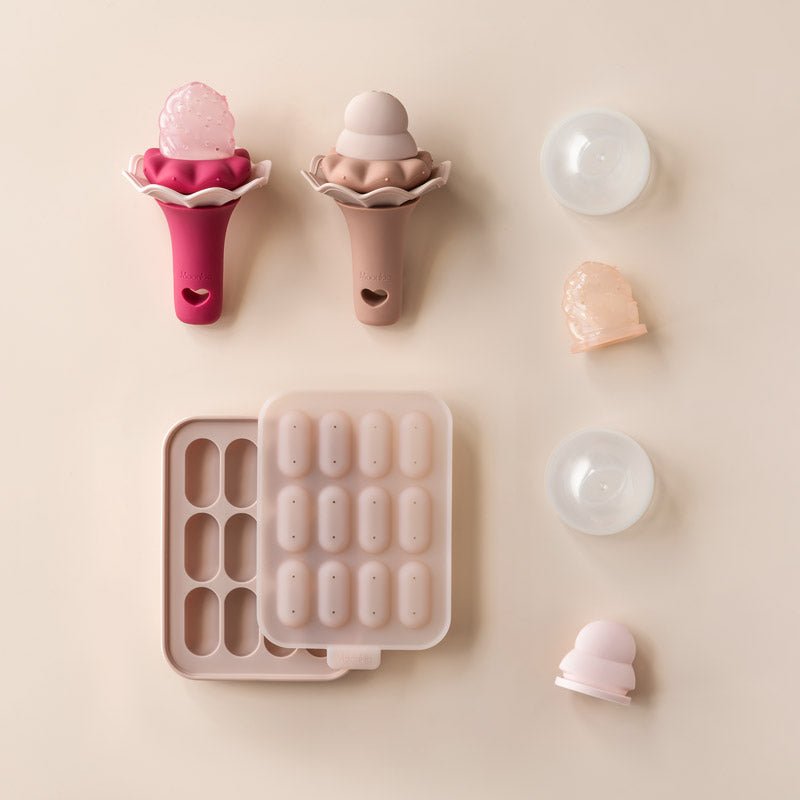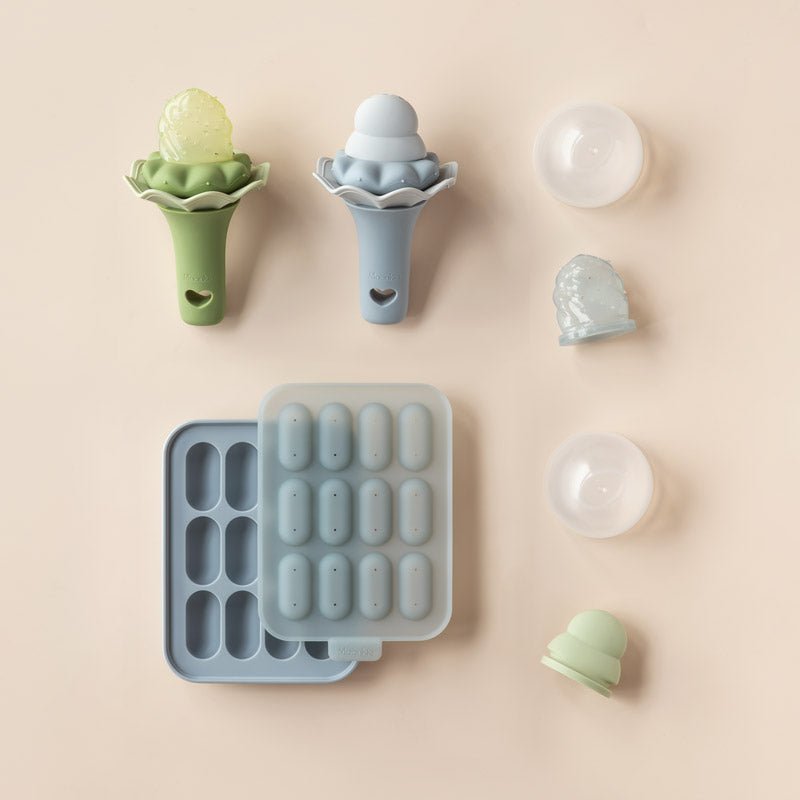A baby in the house often means a ton of baby stuff. From diapers and changing tables to bottles and baby clothes, you may be surprised at how much stuff a tiny human can have. However, it doesn't have to be this way at all!
It is easy to get way too much baby stuff, but babies don't need all the things advertised. A minimalist or near-minimalist mindset can help you meet your baby's needs well and streamline your home, saving time, money, and effort in the long run.
In this article, we will discuss different minimalist or near-minimalist strategies, share tips for making it all happen, and give our top five favorite baby products for getting the most bang for your buck.
Is Minimalism Possible with a Baby?
Minimalism is absolutely possible with a baby in the house; it just looks a bit more cluttered than before the baby came home. The main thing is to ensure everything has a purpose and a place.
Just how minimalist you want to be will determine how you organize, make purchases, and handle gifts. Some parents feel restrained by space, so they forego the swing, baby gym, extra bottles, and changing table.
Some parents feel restrained by their budgets, so they start with the necessities and work their way up as they can. This may look like minimalism to begin with, but it can quickly become something else.
Some parents purchase or receive plenty of baby stuff but don't need it all. Whatever your situation, opting for minimalism (or near-minimalism) will surely help you keep things tidy.
Having fewer things means:
less time spent putting stuff away
less effort spent cleaning and sanitizing stuff
fewer things to store or push aside
less money spent acquiring or maintaining stuff
less stuff to look at
Living in a Tiny Apartment with a Baby
This topic hits home because I didn't start as a minimalist. Early in marriage, my husband and I rented an 800-square-foot two-bedroom apartment.
This is a lot of square footage for some folks, but the walls were thick concrete (included in the 800 square feet), and the layout was incredibly inefficient. After four years, we managed to make that little apartment ours: organized and equipped with what we actually used.
Then came our firstborn. Being the first grandkid on both sides, our baby was given a ridiculous amount of baby clothes, products, machines, toys, and everything else advertised at Target and Amazon.
As thankful as we were for such generosity, we were overwhelmed with stuff. There were so many clothes that our sweet boy would grow into the next size before he had worn everything (literally dozens of onesies and pants for each size that first year).
Before sweeping and mopping the floors, we had to pack up, lift, or move the swing, high chair, baby gym, stroller, walker, push toys, and rug. When people came to visit, I would push a ton of things out to the tiny balcony, under the bed, and on top of the washer.
It was just too much. So, when we moved, we did something drastic: we donated almost everything. After that, we only bought what our boy needed, kept toys at a minimum, and invested more in experiences than stuff.
Knowing What a Baby Needs
But knowing what a baby "needs" in that first year and the years afterward is tricky, thanks to marketing. We are bombarded by ads telling us what our little ones need and want to live happy, healthy lives.
After doing foster care in a group home for babies and toddlers, volunteering at a nursery for years, and having three of my own babies, I can confidently say a baby only needs a tiny fraction of what you've likely heard your baby needs in the first year:
diapers and wipes
a safe place to sleep
a way to eat
time with you and loving family members
weather-appropriate clothes
baby-safe transport
baby blankets and sheets
burp cloths
baby-safe shampoo and detergent
a few teethers and toys
a set of baby-safe spoons for purees and solids
a sippy cup for drinking water
This isn't an exhaustive list; the "must-haves" vary from family to family. However, this is what I reduced everything to for the sake of sanity. Moreover, I only got the amount I knew I needed for each of these.
Amounts for Each Baby Product: Personal Example
That first year, I only kept a dozen onesies, six pants, two jackets, and some socks for each size. Sure, I did more laundry, but I would have done it anyway with all the spit-up and diaper blowouts.
I kept a dozen burp cloths, three crib sheets, and five baby blankets of different thicknesses and used normal bath towels. Each baby's toys and teethers were durable, easy to clean, and fit in one toy box.
I also used fifteen reusable diapers and wipes instead of purchasing boxes of disposable diapers. This saved us a lot of money and kept eczema breakouts to a minimum (each of my kids reacted to the disposable diapers).
The Ultimate Guide to Reusable Cloth Diapers has more information about choosing, using, and cleaning reusable diapers and wipes.
For food, I kept two glass bottles, three baby spoons, two sippy cups, and a set of silicone freezer trays for making purees ahead of time. I splurged on baby food and bought a baby food maker to steam and puree food quickly.
My preferences for amounts fit the season of life my family was in at the time. We didn't have much space, spent a lot of time out and about, and had a camper washer with no dryer. Our options, space, and budget were limited for each baby, so we went without anything we didn't deem necessary.
Everyone has different preferences and allowances for product choices and amounts; just don't be duped into buying all the things for every baby stage!
5 Top Tips for Being a Minimalist Baby Mom
Minimalism is hard, especially in a materialistic society. What's more difficult is knowing that stuff isn't bad, not even having too much stuff. It all comes down to one's preferences, lifestyle, and desires.

If you are trying to pare down on baby stuff or avoid having too much to start with, here are my five top tips for doing so well.
1. Buy What You Need AND Want
This sounds a bit contradictory at first, but it makes more sense as you think about it. Your baby has needs, and you have needs to make taking care of your baby less stressful. If you can afford it, only ask for or buy the things you need that fit your style instead of settling for lots of stuff you don't need or don't like.
With my first, I was given so much of what others liked having for their babies or what others thought looked cute. I didn't choose any of my first baby's clothes, toys, or gear for the first year!
That sounds great until you realize I was in a tiny apartment with too much stuff. It looked like a baby store and a circus had thrown up all over my home, and very little fit our lifestyle and personalities.
For example, my family is not into sports at all; we just don't care to watch any of it. But our boy was given tons of baby sports clothes, sports-themed toys, and posters. Electric, plastic toys were everywhere, despite my desire to stay away from that stuff. We were also given twenty-something pacifiers, but we didn't use them.
All that to say, make a registry of things you actually need that align with your family lifestyle and desires for raising your child. Otherwise, your home may become full of stuff you don't want, need, or agree with.
2. Think Before You Buy
That said, cut down on impulse buys wherever you can. Some things look like fantastic ideas in the store but are nearly useless at home. This is particularly true of online sales.
One discipline I had to establish was a "kids' needs" list. I would take that list to advise my decisions whenever I went to town or shopped online. If I thought something would be neat but didn't see it on the list, I would take a picture and leave it until next time. That habit alone has reduced many impulse buys I never really needed.
3. Donate Instead of Store
If you want to have another baby, storing all the clothes your first baby didn't wear or hardly wore is tempting. This may work for some, but it didn't work in my experience. I tried to do this to save money, but my second was much thinner and longer than my first, so I had to buy different clothes anyway.
Besides, some of the clothes I had stored from my first didn't make it to the third, thanks to mice. I had packed everything carefully into vacuum-sealed bags, stacked them into totes, and stored those in a well-sealed box trailer with mouse poison, but mice still got to some of them over the years.
If I had simply donated those clothes or passed them on to new nieces and nephews, they wouldn't have gone to waste!
4. Buy More If Needed Later Instead of Extra Now
Buying baby clothes and items in bulk is tempting because of the reduced price per item, but this could lead to having extras that are never used. The quickest way to avoid this is to only buy what you know you need and buy more later if needed.
If you are just starting out, though, knowing how much is enough is tough! Ask other baby parents in your circles to find out how much they use of any one thing as a guide. You'll get the hang of it yourself soon!
5. Buy Quality, Not Quantity
Buying quality items is expensive upfront but cheaper by cost per use. The more you can use one well-made item, the cheaper it gets. For example, buying lots of cheap onesies is more affordable now, but they get stretched out or torn easily and need replacing.
Sure, babies grow quickly, so you may be able to stick with cheaper clothes at the beginning, but as your little one spends more time in larger sizes, you may consider investing in better quality or secondhand clothes.
You will see the tension between quality and quantity often in baby products. Whether it's cheap sippy cups, plastic toys, or wimpy teethers, the cost of replacing those items when they become broken, ineffective, or unsafe adds up.
5 Best Baby Products for Minimalist Baby Moms
So, what are the best baby products for minimalist baby moms (or those striving to reduce the clutter)? Everyone has their preferences, but here are a few of my favorites.

If you are looking for a list of reusable baby products to really get more bang for your buck, check out The Ultimate Guide to Reusable Essential Baby Products.
1. Reusable Diapers and Wipes
For all their extra chores, 15-18 reusable diapers and around 30 cloth wipes will save you a lot of money and storage space (plus they look adorable on babies).
Cleaning reusable diapers will require a soaking diaper bucket, scrub brush, and maybe a spray funnel, but it's worth the savings and allergies for some families. I enjoyed using these!
2. Silicone Storage Containers
If you make or plan to make baby food at home, having a nifty storage solution is vital for saving time and leftovers. That's where silicone storage containers for baby food come in.
Silicone is one of the few materials you can use for freezer and fridge storage, heat in the microwave, toss into the dishwasher, and sterilize in boiling water. And if you drop a quality silicone container, it won't break, crack, or spill food everywhere!
3. Muslin Baby Blankets
I didn't like Muslin blankets at first, but then I had a baby that overheated easily and got chilled when entering a cool room. Muslin blankets worked marvelously for that one!
Muslin blankets are light enough for babies that get too toasty and sweat a lot but warm enough for a stroller walk in cool weather. They are versatile as breathable car seat covers and aren't too bulky for a diaper bag. Having one or two Muslin baby blankets is excellent!
4. Durable Sippy Cup
My first baby went through so many sippy cups. Some cracked when he dropped them on tile flooring, and some broke when he chewed off part of the straw. So many other cups just leaked—even the "leak-proof" cups—after a few washes and drops.
So, another must on a minimalist parent's list should probably be a durable sippy cup. Moonkie makes a first-stage cup out of high-quality food-grade silicone that has yet to fail me. I like that I can boil it for sterilizing!
5. Durable Teethers and Toys
Teethers and toys are made of various materials, but finding well-designed, durable teethers and toys is tricky. High-quality food-grade silicone options take the cake in terms of durability, ease of cleaning, hypoallergenic qualities, and safety.
The next best material varies by function. Wooden toys are classic, though they are not easy to clean and may break more easily than other materials. Natural rubber teethers are another option, but you must replace them from time to time.
If you are unsure what you think about silicone baby products, read the Pros and Cons of Silicone Baby Toys: A Comprehensive Guide for Parents . In that article, we discuss everything from environmental concerns to safety and compare silicone to natural materials often used in baby products.
In a Nutshell
I never planned to be a minimalist, and I wouldn't necessarily say I am one now. However, minimalist principles helped me pare down the insane amount of baby products I received with my first and informed me about what I really needed for the next babies.
Though not everyone is a fan of minimalism, some points are helpful for budgeting, organizing, and keeping a home looking like a home. Are you drawn to minimalism at all? Do you practice it in your home?

